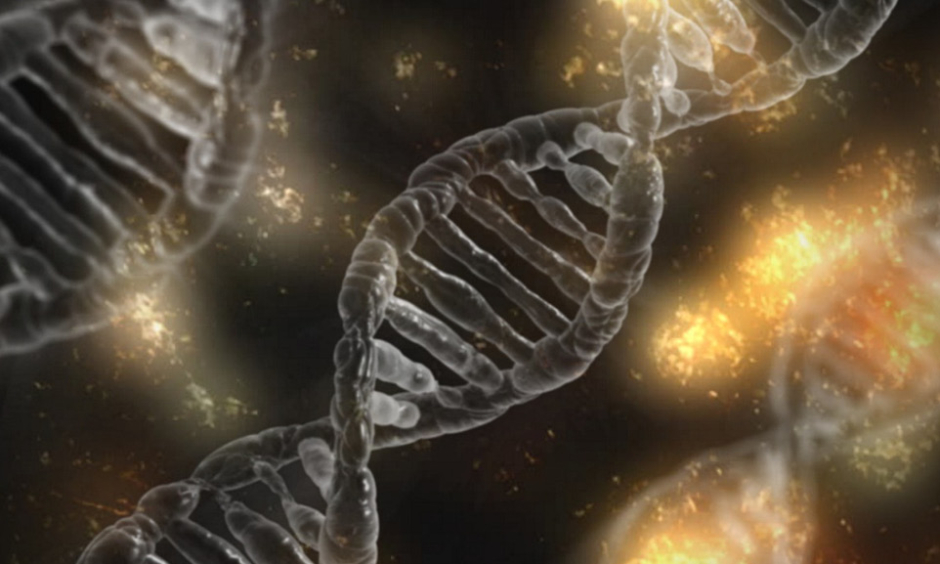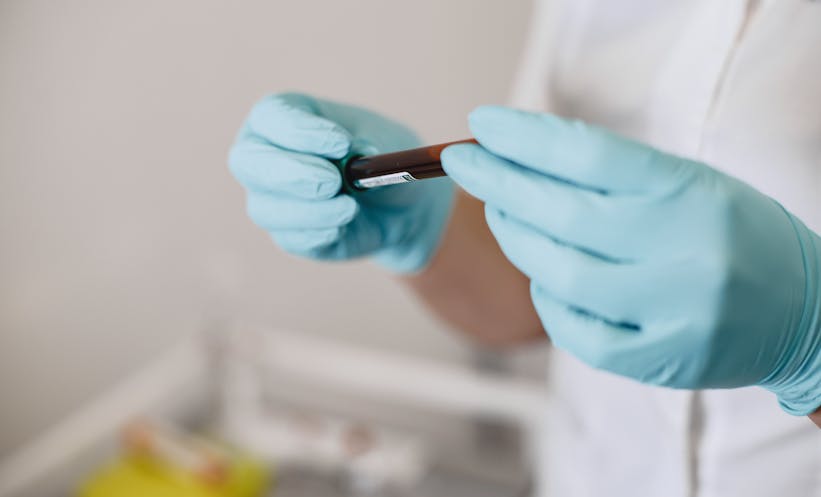A TREATMENT for the very rare genetic disease alkaptonuria (AKU) has been identified by a research collaboration involving the University of Liverpool, Liverpool, UK. They discovered that a drug called nitisinone was associated with slowing clinical progression of the condition as well as with partially reversing some of its effects during an observational study at the NHS-funded Robert Gregory National Alkaptonuria Centre (NAC).
Progressive Damage
AKU, a progressive condition also known as black bone disease, can cause major damage to various areas of the body, including severe joint and spinal injury, necessitating repeat joint surgeries; fractures as a result of osteoporosis; ruptures (tendons, ligament, muscle); the development of stones (kidney, prostate, gall bladder, salivary); and heart damage (aortic, mitral).
Positive Impact
Nitisinone was associated with a stopping of the disease’s progression in a study of 39 AKU patients who received 2 mg doses of the drug per day for 3 years. It also reduced damage to joints, decreased the severity of osteoporosis in the spine, knees, and elbows, and lowered the risk of heart disease.
Prof Lakshminarayan Ranganath, Director, NAC, commented: “These results bring hope to the more than 30,000 people who suffer from this disease worldwide. We knew already from earlier research that nitisinone substantially reduces HGA. We also knew that nitisinone prevented joint disease in AKU mice through research at the University of Liverpool. However, to show the benefit of nitisinone in people with AKU, for the very first time, the NAC team had to come up with innovative and pioneering approaches to study outcomes.”
The positive impact of nitisinone was due to its ability to reduce homogentisic acid (HGA) levels in the patients; accumulation of HGA is a feature of AKU and is caused by deficiency of the enzyme homogentisate dioxygenase, which characterises the genetic disorder. In AKU, progressive damage occurs following a process called ochronosis, which takes place when HGA deposits as black pigments in tissues.
James Coker, Reporter
For the source and further information about the study, click here.









